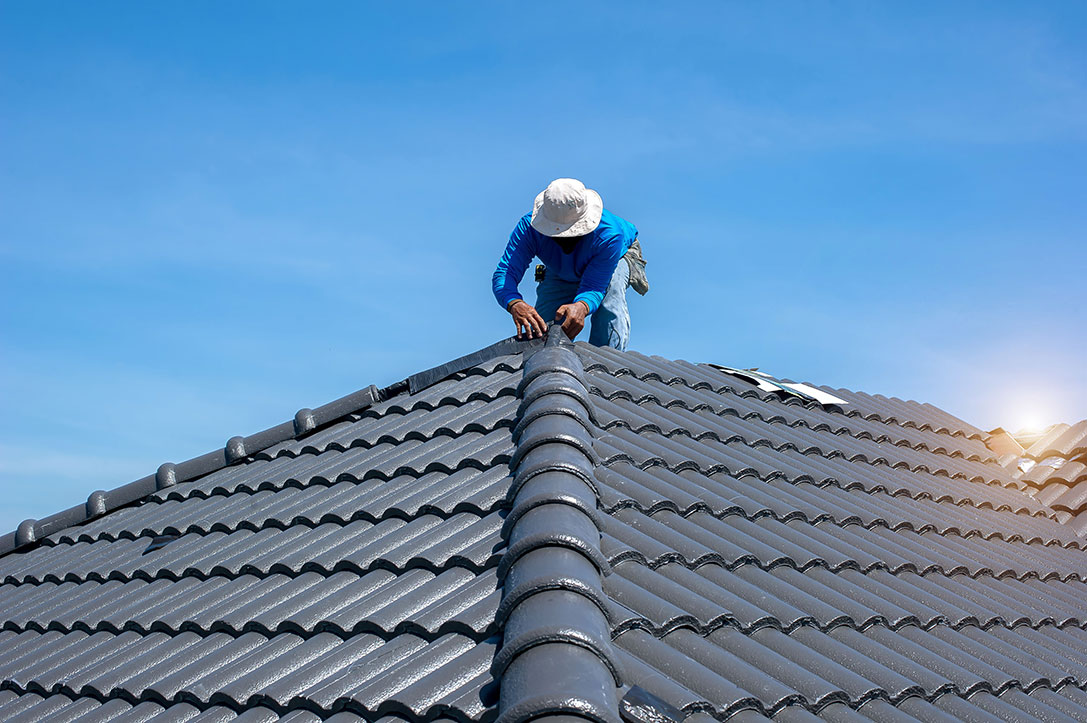Rise by Six: Your Daily Dose of Inspiration
Explore insights and stories that elevate your day.
When Roofs Get Cranky: Signs It’s Time for a Repair
Is your roof acting up? Discover the telltale signs it's time for urgent repairs before chaos strikes your home!
Top 5 Warning Signs Your Roof Needs Immediate Repair
Recognizing the warning signs that your roof needs immediate repair is crucial to avoid expensive damage to your home. One of the first signs to look for is missing or damaged shingles. If you notice any shingles that are curled, cracked, or completely gone, it’s time to take action. Additionally, keep an eye out for granules from asphalt shingles accumulating in your gutters, as this indicates significant wear and tear that could lead to leaks.
Another clear warning sign is water stains on your ceilings or walls. These stains often indicate that water is infiltrating your home due to roof damage. Similarly, if you experience increased energy bills, it could be a sign that your roof is not providing adequate insulation. Lastly, a sagging roof deck or a noticeable droop should not be ignored; these could signal serious structural issues that require immediate attention.

Understanding Roof Lifespan: When to Replace or Repair
Understanding the roof lifespan is crucial for homeowners to ensure their property remains protected against the elements. On average, a roof can last anywhere from 15 to 30 years, depending on the materials used, climate conditions, and maintenance practices. Asphalt shingles, for example, typically last around 20 years, while metal roofs can endure for over 50 years. Regular inspections can help identify when a roof is nearing the end of its lifespan or if it requires repairs. Homeowners should be vigilant for signs of wear and tear, such as missing shingles, leaks, or sagging areas, which might indicate that it’s time to consider either a replacement or a thorough repair.
When deciding whether to replace or repair your roof, it’s essential to evaluate the overall condition and age of the roofing materials. If your roof is showing signs of localized damage, such as a few missing shingles or minor leaks, a repair may suffice. However, if your roof is approaching the end of its expected lifespan and has significant issues like widespread water damage or structural concerns, a full replacement might be the most cost-effective solution in the long run. In summary, understanding your roof’s lifespan and recognizing the key indicators of when to repair versus replace can save you from costly problems down the line.
Is Your Roof Trying to Tell You Something? Key Indicators of Damage
When it comes to the health of your home, your roof is one of the most critical components to monitor. Is your roof trying to tell you something? Pay attention to signs of damage that could indicate underlying issues. Common indicators include missing or damaged shingles, sagging areas, and water stains on your ceiling. If you notice any of these, it might be time to inspect your roof more closely or consult a professional.
Additionally, look out for key indicators of damage like granules from asphalt shingles collecting in your gutters or visible cracks and blisters on the roof surface. These signs could suggest that your roof is nearing the end of its lifespan or that it has sustained significant wear. Ignoring these warnings can lead to more extensive damage and costly repairs down the line. Trust your instincts; if something looks off, it probably is!